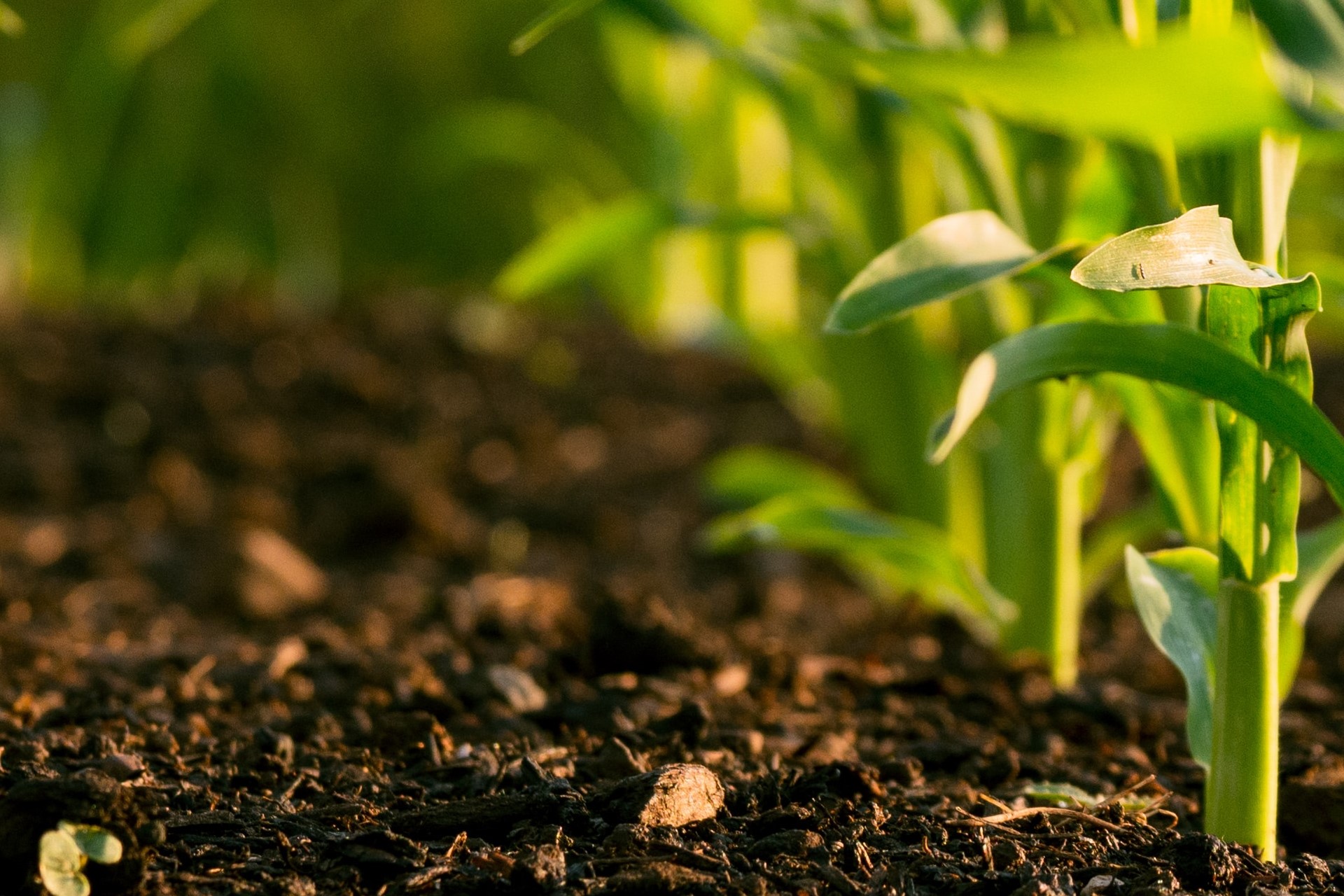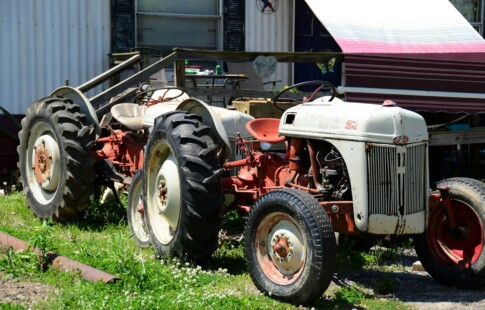
How to Start Farming with No Money
We are reader-supported. When you buy through links on our site, we may earn affiliate commission.
How to start farming with no money? Starting farming with no money has its challenges, like needing more cash for land, tools and learning.
But here’s the positive part—farmers can overcome these challenges. They can be smart about it, find alternatives or work together with others. Using sustainable practices and thinking innovatively are key to making farming work without a big budget.
Assessing Available Resources
Assessing available resources is a crucial step in starting farming with limited funds. Here are some things to consider:
- Identifying available land: Around two million farms are estimated in the United States for 2023. Farmers can look for available land through leasing, communal arrangements or utilizing unused spaces. Evaluate the land’s characteristics for compatibility with desired crops or livestock.
- Evaluating existing tools and equipment: Take stock of available tools and equipment, considering their condition and functionality. Determine how existing tools can be repurposed or adapted for efficient use in the farming context.
- Leveraging personal skills and knowledge: Identify personal skills and knowledge related to farming or complementary areas. Leverage these skills to minimize reliance on external resources, showcasing the importance of individual capabilities.
Sustainable Farming Practices
Implementing sustainable farming is about eco-friendly and budget-friendly agriculture. By doing so, farmers help the environment and make their farms more resilient. Sustainable farming shows that being eco-friendly can make sense economically and benefit everyone involved.
Look into methods that use resources wisely, emphasizing efficiency and reducing waste. Use inventive, budget-friendly techniques that are good for the environment, proving that going green doesn’t have to cost a lot. Here are some ideas:
Organic Farming Techniques
Try organic farming techniques such as avoiding synthetic pesticides and fertilizers, promoting healthy soil and reducing environmental harm—natural methods like crop rotation and companion planting control pests and diseases without chemicals.
Use permaculture ideas to create farming systems that mimic nature, promoting diversity and sustainability. To boost soil fertility and ecosystem health, focus on regenerative methods like agroforestry and water conservation.
Conservation Agriculture
Using practices that disturb the soil less preserves structure and prevents erosion. Grow cover crops to improve soil health, stop weeds and keep water in the soil.
Use water wisely with techniques like drip irrigation that target crops directly. Collect rainwater to supplement irrigation, promoting sustainable and conserving water use.
Community Engagement
Engaging with the community isn’t just about farming—it’s about building a supportive network and making farming a positive force in the local community. Connect with nearby farmers to share ideas and resources.
Join community events and markets to become part of the neighborhood. Work with other farmers on shared projects or tools to make things easier for everyone.
Find and connect with groups that support farmers and provide helpful info. Check out programs from these groups for training, assistance and possible funding.
Partner with local schools to teach about farming and sustainability. Farmers can participate in local markets to sell their produce and learn from customers about what they like, helping them tailor their farming approach.
Farmers can work together with others on projects to care for the environment. They can collaborate on reducing waste, like composting, to address environmental concerns together.
Recycling and Upcycling
Turning waste into valuable resources is an innovative and eco-friendly approach to farming. It’s one of the answers to the question farmers ask themselves, “How to start farming with no money?”
Farmers can help minimize waste and demonstrate the potential for creativity and sustainability in agriculture. It’s a win-win for the farm and the environment. Here are some ideas:
- Repurposing materials for farming infrastructure: Use existing materials creatively to build farm structures like tool sheds or fencing. Repurpose items like pallets, tires or discarded wood for practical and cost-effective farming infrastructure.
- Creating compost and natural fertilizers from household waste: Turn kitchen leftovers like vegetable peels and coffee grounds into nutrient-rich compost. Make sure to cover food scraps with four to eight inches of dry leaves or other brown materials every time. Use organic waste from the farm such as plant trimmings to create homemade fertilizers.
- Reusing and recycling resources on the farm: Transform old tools or machinery parts into innovative, functional tools for specific farm tasks, showcasing the value of resourcefulness.
- Creative mulching techniques: Utilize shredded leaves, straw or grass clippings as natural mulch, promoting water retention and weed suppression.
- Eco-friendly pest control: Encourage the presence of natural predators like ladybugs or predatory insects to control pest populations. Strategically plant crops that naturally repel or attract beneficial insects, reducing the need for chemical interventions.
- Waste reduction practices: Explore eco-friendly packaging or reusable containers for selling farm produce, minimizing single-use plastic waste. Implement closed-loop systems where waste generated on the farm contributes positively to other processes.
Low-Cost Crop Selection
By incorporating low-cost crop selection strategies, farmers can optimize their resources and cultivate a diverse farm that aligns with their budget constraints.
Identifying Crops with Minimal Input Requirements
Consider crops like legumes—lentils and peas, known for fixing nitrogen in the soil, reducing the need for synthetic fertilizers. Opt for region-specific crops such as indigenous grains or drought-resistant varieties suited to the local environment:
- Succulent vegetables: Vegetables like kale and Swiss chard thrive in minimal water.
- Hardy crops: Kale and collard greens are also hardy crops. These crops are resilient in weather conditions like hard frost with a temperature of 20°F and require less attention.
- High-yield crops: Crops like tomatoes offer an abundance of produce per plant. Zucchini or certain herbs are low-maintenance varieties that require minimal care yet offer continuous yields.
- Adapted varieties: Consider local types, such as heirloom tomatoes, which adapt to regional conditions and often require fewer inputs.
- Seed-saving crops: Save seeds from crops like heirloom beans, fostering seed sustainability and reducing purchase costs.
Crop Rotation Strategies and Companion Planting
Rotate crops like beans, which naturally fix nitrogen with leafy greens to reduce soil-borne diseases. Integrate legumes in rotation, like chickpeas to enhance soil fertility by fixing nitrogen.
Plant basil near tomatoes to deter pests, promoting a natural and symbiotic relationship. Mix marigolds with vegetables to deter nematodes and attract pollinators, creating a more resilient ecosystem.
How to Start Farming with No Money
So, how to start farming with no money? Creating a farm without money means getting creative, working closely with the community and making smart choices.
Starting with no money isn’t just hard—it’s a chance to come up with new ideas, team up with others and farm in a good way for everyone. It’s not about what farmers don’t have. It’s about what they can do with what they have.
Share on
Like what you read? Join other Environment.co readers!
Get the latest updates on our planet by subscribing to the Environment.co newsletter!
About the author
Jane Marsh
Starting from an early age, Jane Marsh loved all animals and became a budding environmentalist. Now, Jane works as the Editor-in-Chief of Environment.co where she covers topics related to climate policy, renewable energy, the food industry, and more.





